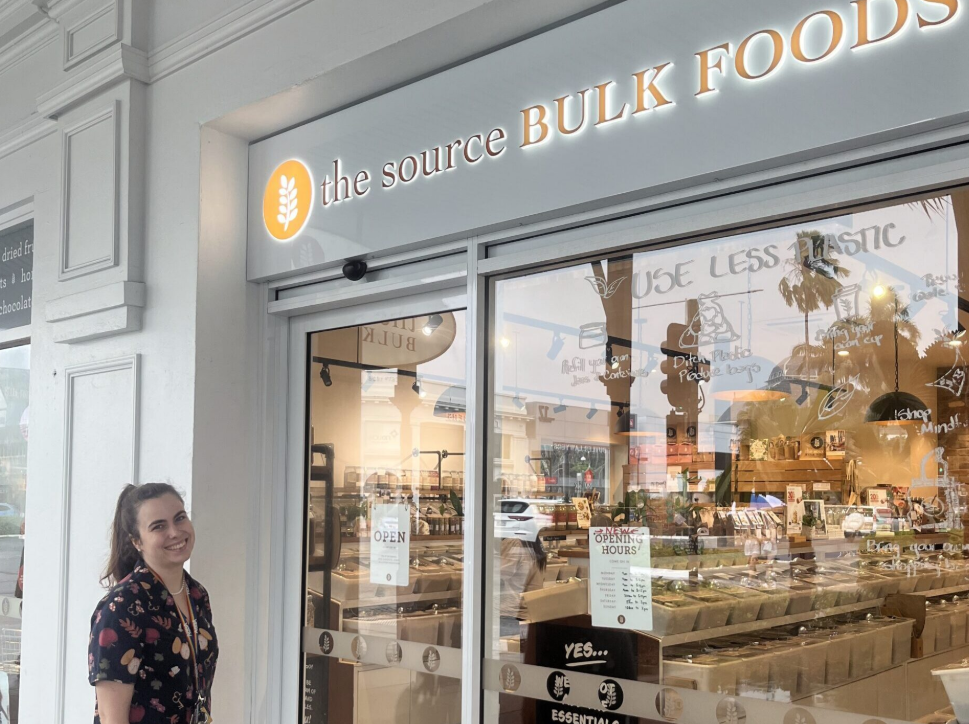So, you want to save the world and your wilting herbs? You’ve come to the right place! Welcome to the magical world of zero waste cooking, where every carrot top, stale crust and bendy carrot gets a second chance at greatness.
In Australia, we throw away approximately 300 kilos of food per person, per year. On my journey toward zero waste living, I’ve been experimenting with zero waste cooking in an effort to cut back on waste, consume more consciously and save money.
Here are some tips, from me to you. Happy cooking!
Emily xoxoxo
What Is Zero Waste Cooking?
Zero waste cooking means making the most of every ingredient, from root to leaf, seed to stem, and reducing food waste at every step. Think of it as kitchen kung-fu, where no veggie gets left behind. In practice, it means:
- Eating the whole vegetable (yes, broccoli stalks are edible and delicious dude).
- Planning meals so nothing ends up forgotten in the fridge.
- Turning scraps into broth, sauces, or compost.
Why is reducing food waste important in Australia?
Besides hurting your wallet, food waste is responsible for up to 10% of annual greenhouse gas emissions. When food rots in landfills, it releases methane, a potent greenhouse gas. Plus, growing and transporting food uses up water and energy. Reducing food waste = happier planet.
Food Storage & Preservation Tips
Keeping food fresh longer is a zero waste cooking superpower! Here’s how to make your food last longer and avoid that sad fridge clear-out day.
Optimise Storage
- Pop herbs in a jar of water (like a bouquet) and cover loosely with a bag.
- Wrap leafy greens in a damp cloth and keep them in the fridge or store them in an airtight container.
- Store bananas them away from other fruits…unless you want an instant ripening party.
- Store root vegetables in a cool, dark spot, no plastic bags needed.
Freeze it!
We freeze pretty much all of our leftovers (except my dad told me raw pumpkin isn’t good after it’s been frozen). Cooked rice, ripe fruit, bread, leftover sauces and freeze them before it’s too late. If you have an overabundance of herbs, chuck them in the blender then freeze them too! Make sure you label them though to save yourself confusion.

Our current frozen food selection; chopped basil, kefir lime leaves, carrots, banana (yummy for smoothies) and a delectable coriander sauce I made for tacos – just chuck in the microwave on DEFROST and viola, your sauce has a second life.
Helpful tip: save all of your old containers – they’ll come in super handy for freezing things, lunchboxes, trips to your local wholefoods shop etc.
What NOT to freeze
- Raw veggies with high water content e.g., lettuce, cucumbers etc.
- Soft cheeses
- Eggs in shells
- Dairy heavy dishes (the freezing process can cause the sauce to separate and become watery when defrosted
- Banana with the skin on – you’ll thank me for this tip
Combatting weevils
Store grains, flour, and nuts in airtight containers. For extra protection, pop a bay leaf in your containers (weevils hate it!). Or pop your containers in the freezer for a little while, the cold kills the weevils and their eggs – we’ve done this and it seemed to solve our problem!
Meal Planning & Cooking Hacks
Planning your meals and getting creative with leftovers is the key to success.
How to meal plan without wasting food
- Check your fridge and pantry first and build your meals around what you already have.
- Use veggies that are about to go off first.
- Cook once and eat twice. We always take the leftovers to work or school for lunch!!!
- Shop with a list to avoid impulse buys (chocolate is okay).
- Buy in bulk and make everything from scratch instead of buying packeted items, it will taste better and you’ll feel proud to be doing your bit for the planet.
Beginner-friendly zero waste recipes we’ve tried

Overripe banana smoothies: Freeze the bananas (skin off!) then blend them with some honey and/or cinnamon and your fave milk option (we use Nimbus soy milk). If you have tummy issues chuck in some chia seeds for digestion.
SOOOOO much citrus: Make a citrus tea cake. You will not regret.
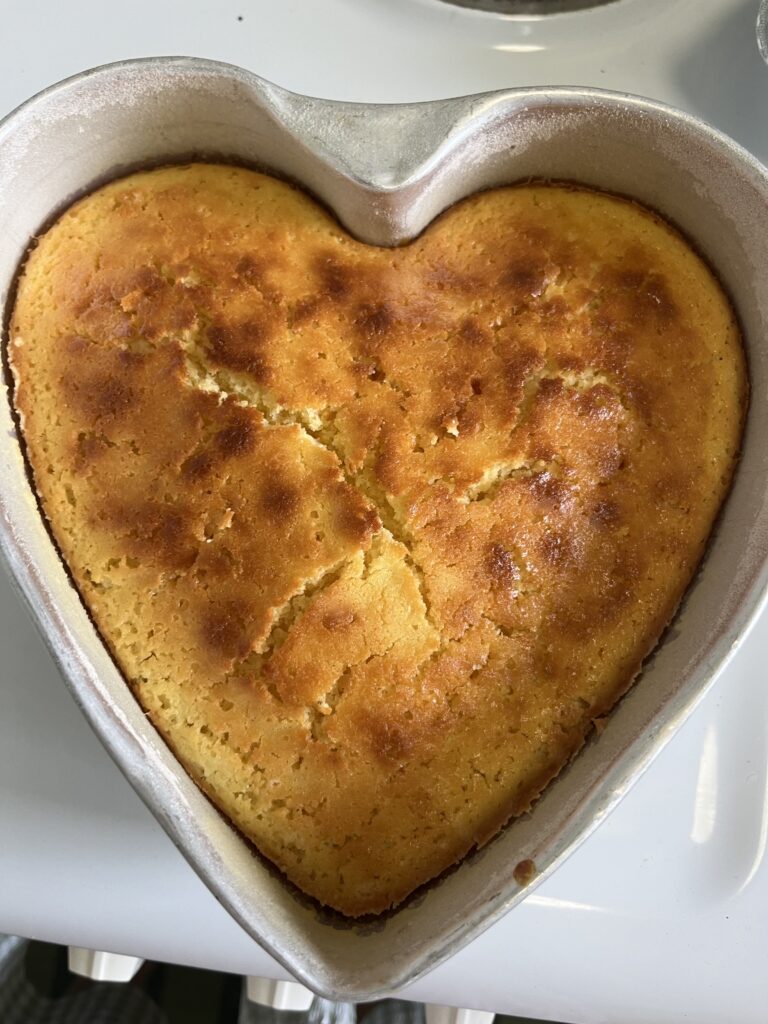
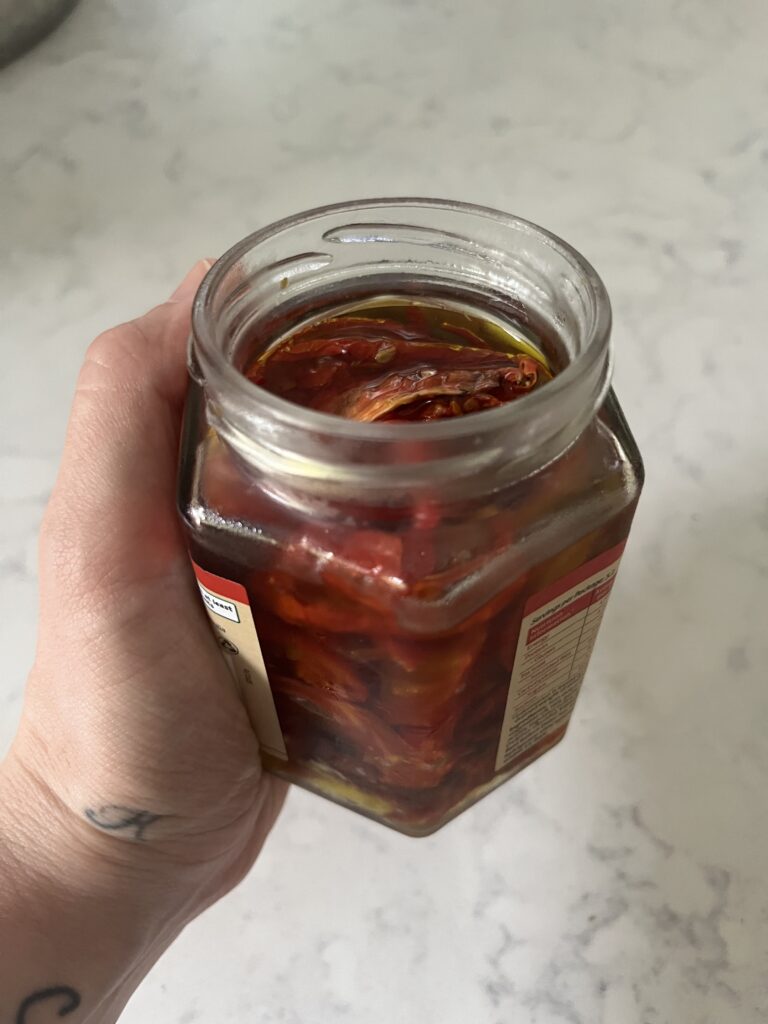
Sundried tomatoes: cut up your tomatoes into eighths, sprinkle with some herbs of your choice and a dash of salt, dehydrate for up to 48 hours. We sourced a second-hand dehydrator off marketplace!
The best pizza sauce ever: cut your old tomatoes into halves, sprinkle with olive oil, salt and herbs of your choice. Put them in the oven until they’re soft. Transfer to a slow cooker with some garlic. Slow cook until juicy and fragrant then blend ’em up and store in an old jar. (You can skip the slow cooking step if you’re pressed for time, it just won’t taste as good)
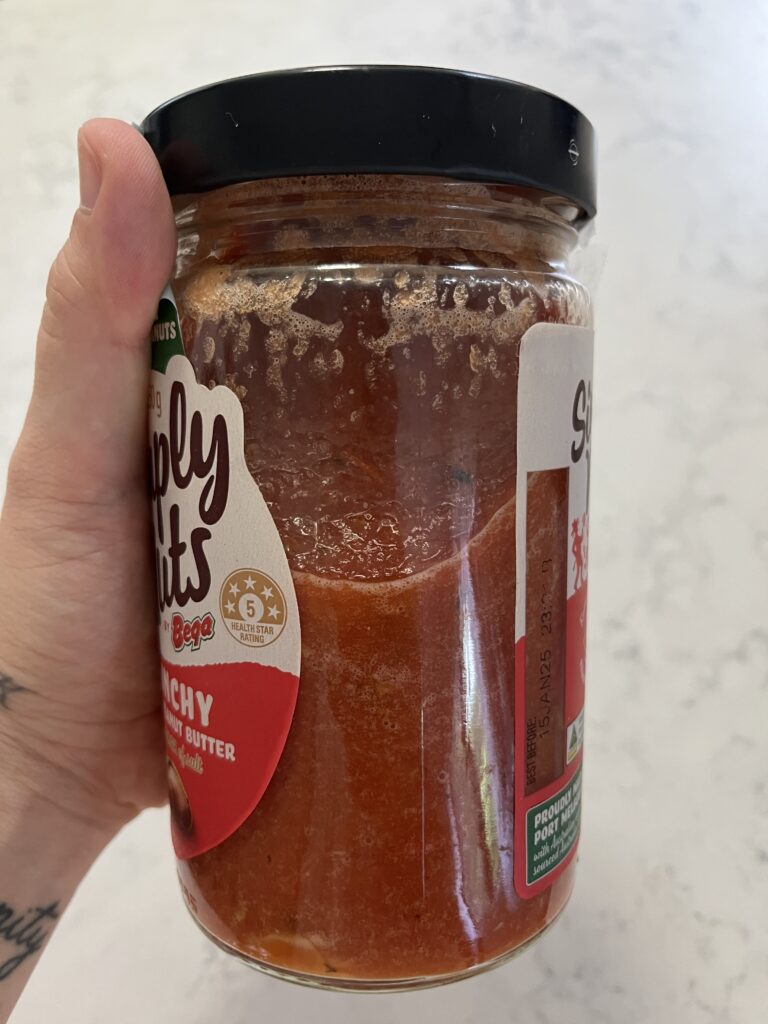

Beginner pizza dough: Sooooo crispy and yummy plus you can play around with different types of flour to get your desired taste and consistency.
Mine looks like this because I added rye flour and rosemary
Beginner flat bread dough: Good for wraps or flatbread, just roll it to how thin you want it.
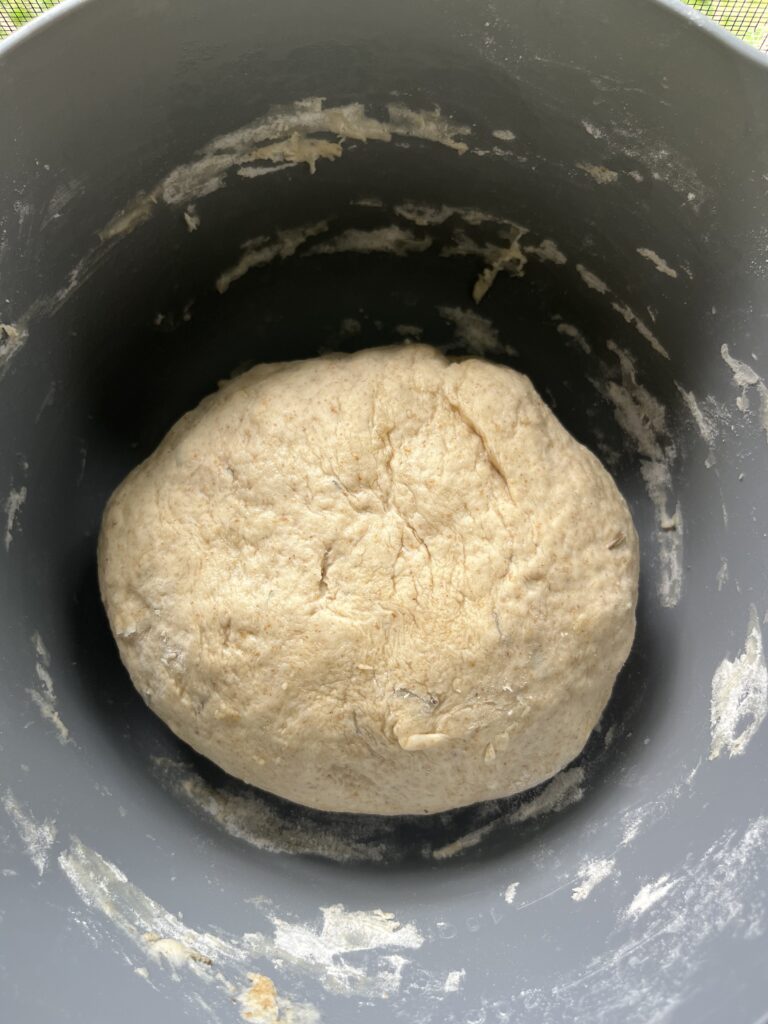
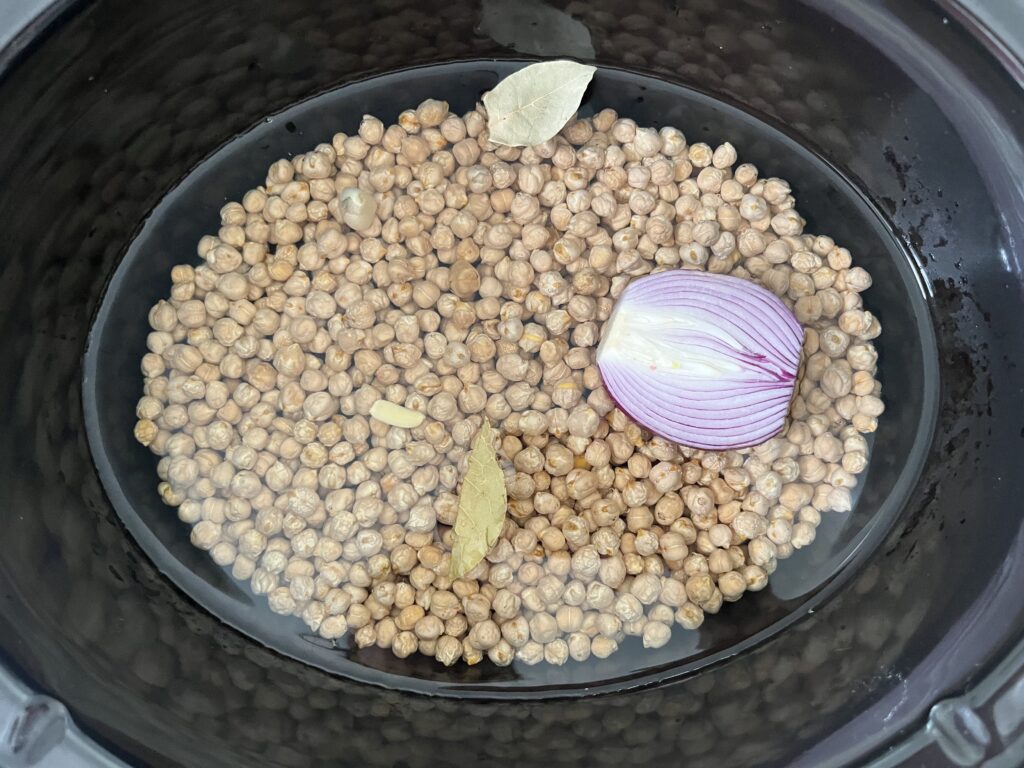
DIY Chickpeas: say no to tins – 2 cups of dried chick peas, 7 cups of water, half an onion, some bay leaves and some garlic cloves. Slow cook for 10 hours. BAM!
Stale-bread fish crumb: Air fry that stale bread then blend it with your choice of spices and viola! You have a delicious crumb for your Friday night fish and chips or humpday parmy (yes, it’s parmy not parma)

How can I tell if food is really off?
The ‘best before’ date is a guide, not a rule. Trust your senses: smell it, check for mold, and taste a little. If it smells funky or looks dodgy, it’s probably done. For fruit and veg, if you think it’ll still be fine cooked into something, KEEP IT!
Composting & Waste Management
Even the best zero waste cooks end up with scraps. That’s where composting comes in, turning your food waste into nutrient-rich soil.
Composting at home
There are several composting options including:
We recently picked up a compost bin from the dump shop and it is my BABY! So I don’t have to hike outside every time I cook, I just chuck everything into a container then take it outside once said container is full. Easy as pi.
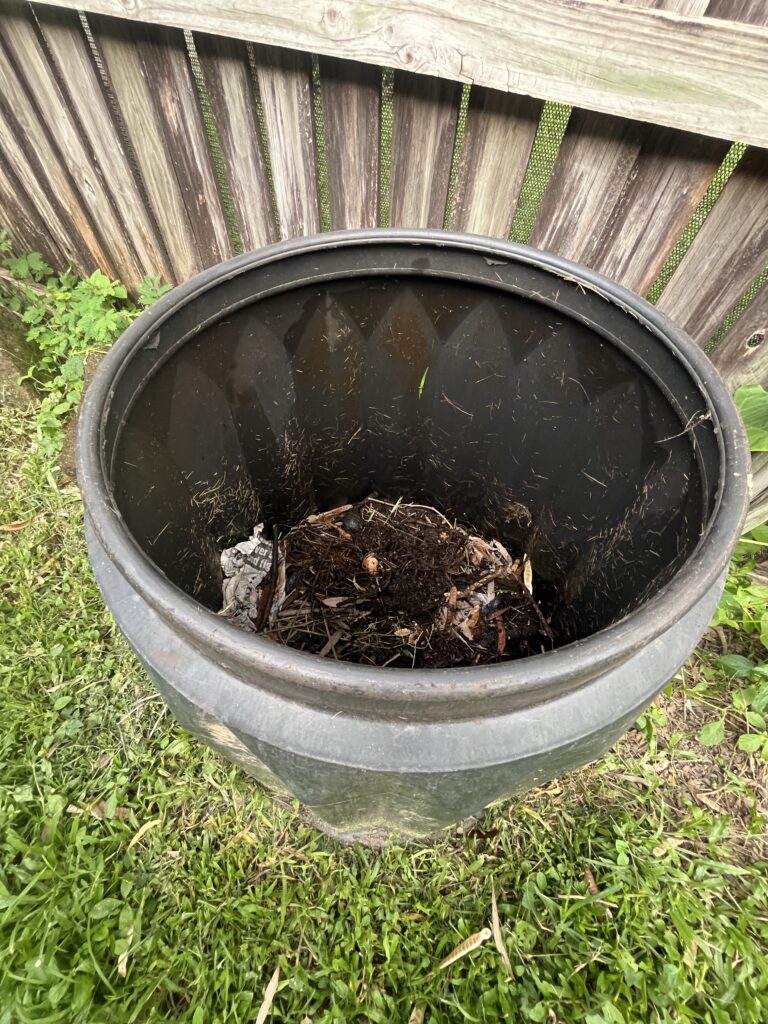

collection bin
What you should and shouldn’t compost
If you want to avoid the absolute cess pit of maggots and bubbling grossness I created when I first started composting, avoid the following:
– meat, dairy, oily food and large amount of citrus
For delightful, fragrant, earthy love, compost this stuff:
– fruit and veggie scraps, coffee grounds, eggshells and tea leaves.
Can I compost on a balcony?
Yes! Worm farms and Bokashi bins are compact and work perfectly for small spaces. Some councils even offer compost collection services, check with yours.
Where to Find Zero Waste Goodies in Australia
Want to shop like a zero waste pro? Bulk stores, co-ops, and farmers’ markets are your best bet.
Where to buy zero waste pantry items?
- The Source Bulk Foods
- Naked Foods
- Local co-ops and farmers’ markets
Examples of sustainable kitchen products
- Beeswax wraps instead of cling wrap.
- Reusable produce bags.
- Old glass jars for storage.
- Compost bins to level up your waste game.

Our current stockpile of old jars and containers – one of them is about to filled with the chickpeas you can see cooking in the background.
How to Compost at Home in Australia: Step-by-Step
Eating Seasonally & Locally
Eating seasonally in Australia
Eating with the seasons means fresher, tastier produce. Summer = mangoes and tomatoes; winter = citrus and root veggies. Check your local farmers’ market for what’s in season.
Shop at your local farmers market
By shopping at your local farmers market you can access seasonal produce and reduce waste. The produce is often packaging-free, and you can bring your own bags and containers. Plus, you’re supporting local farmers. Win-win!
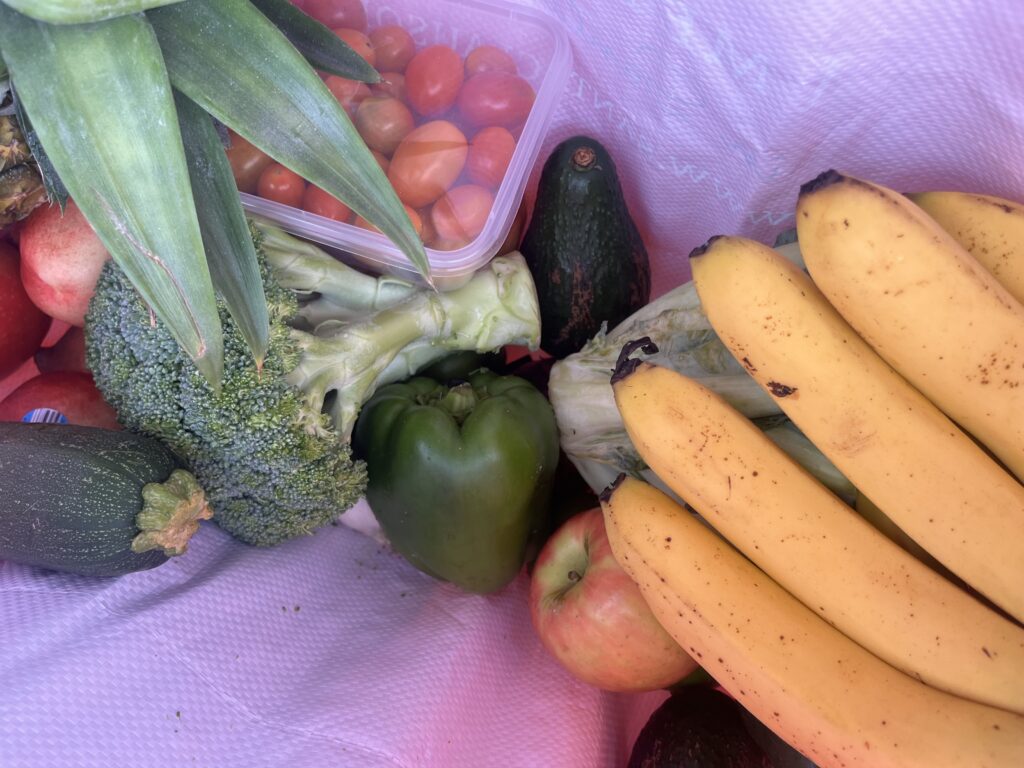
We got all of this from Rusty’s in Cairns for around $50. We took our own old container for the cherry tomatoes and always opt to let the produce roll around cheerfully rather than using plastic bags. (There is HEAPS more in the bag than what you can see)
Balancing Zero Waste with Real Life
Let’s be real, life gets busy. Here’s how to make zero waste work without going nuts.
Does zero waste cooking save money?
Totally! By using everything you buy and wasting less, you’ll save heaps over time. Plus, leftovers = free lunch.
Can zero waste cooking work for families?
Yes! Get the kids involved in meal planning, composting, and fun recipes. Picky eaters? Sneak veggie scraps into sauces or soups
What about zero waste lunchbox ideas?
- Leftover frittata slices
- Homemade muesli bars (we made a delicious peanut butter slice!)
- Keep the skin on those apples
- Leftover dinner from last night
Every Little Bit Counts
Zero waste cooking isn’t about perfection, it’s about progress. Every small change makes a big difference, whether it’s turning scraps into broth or freezing ripe bananas for smoothies. So, grab those carrot tops and get creative. The planet (and your taste buds) will thank you.


